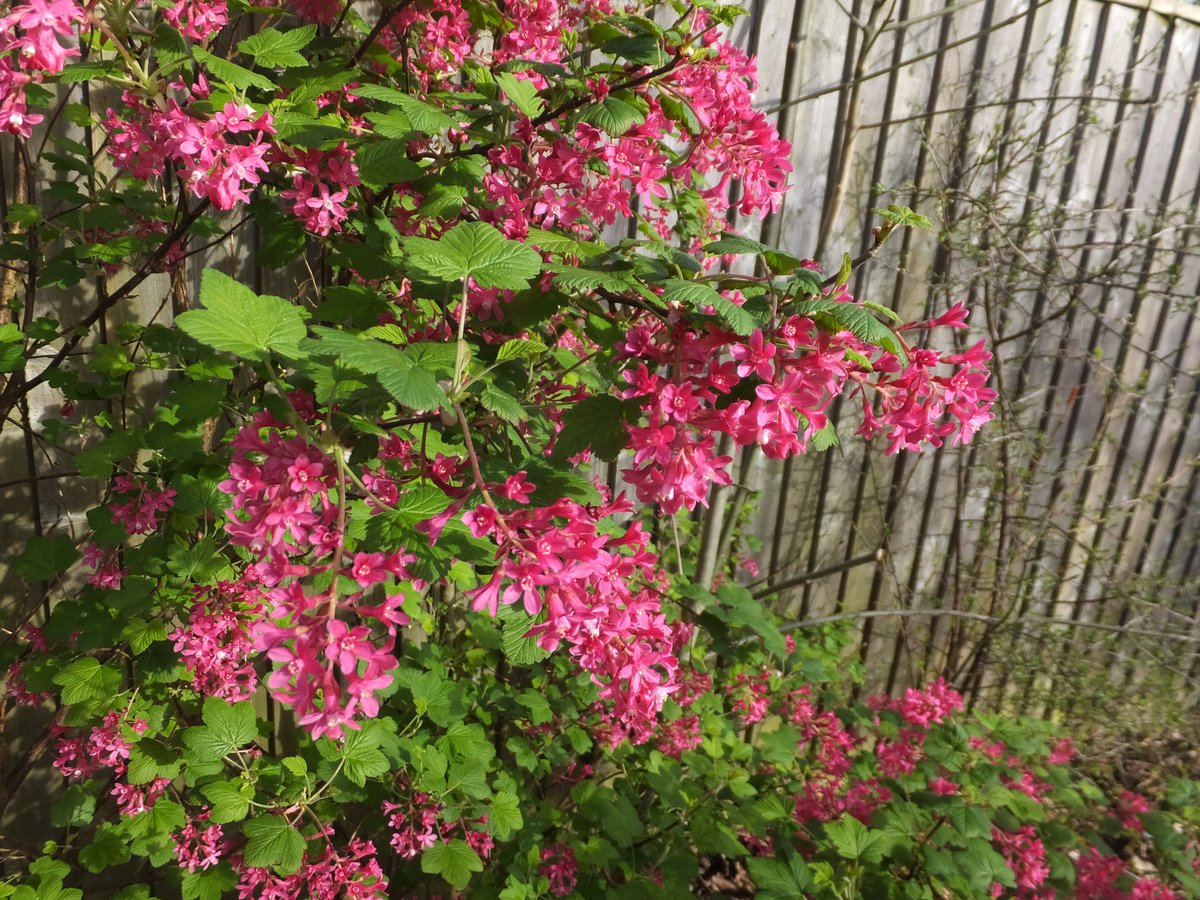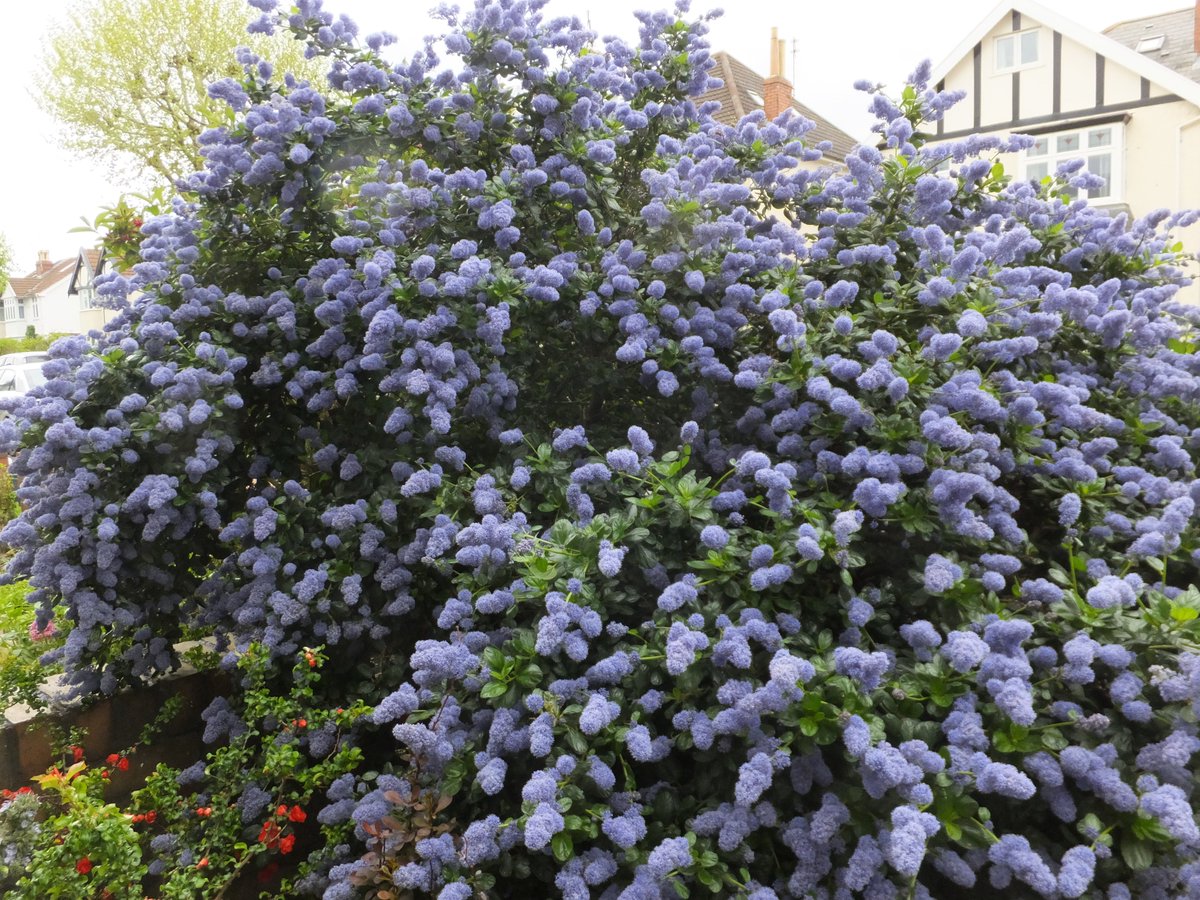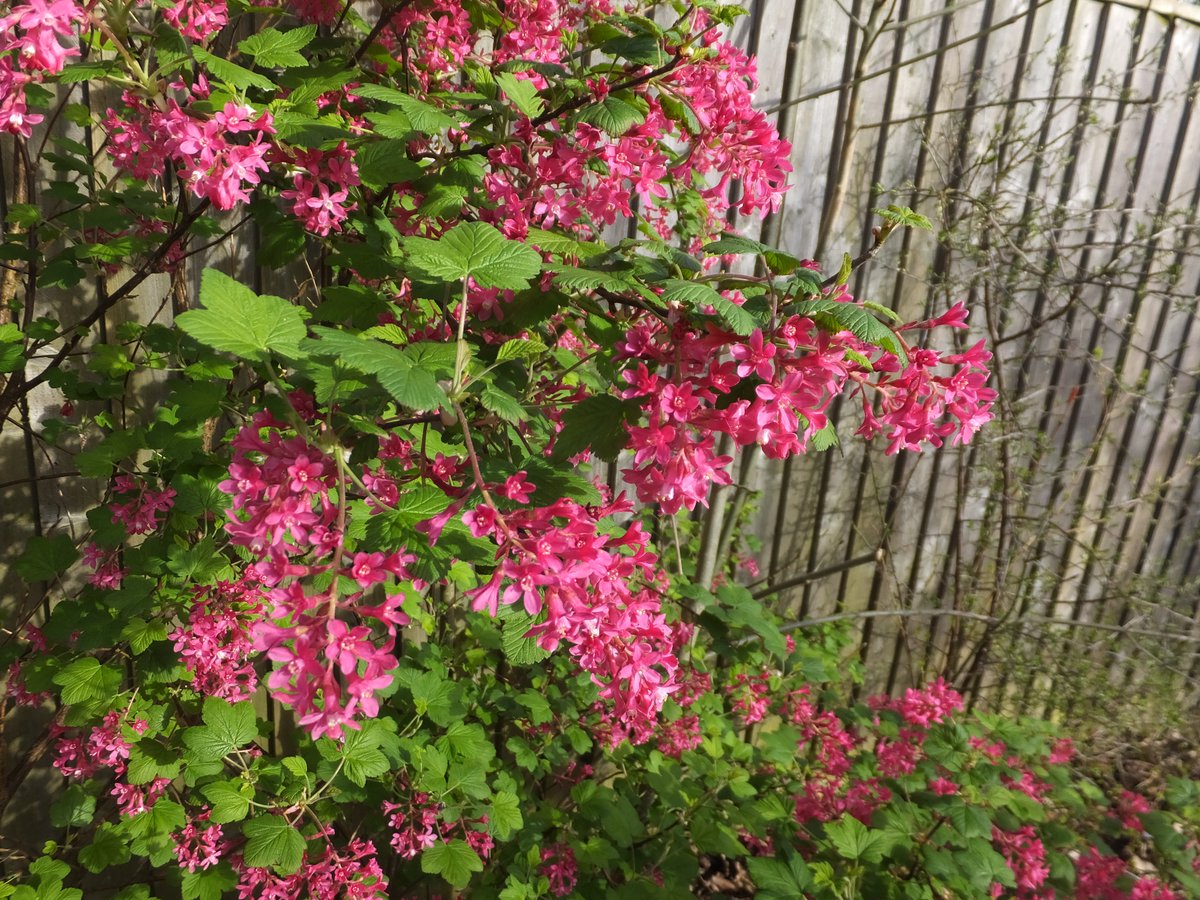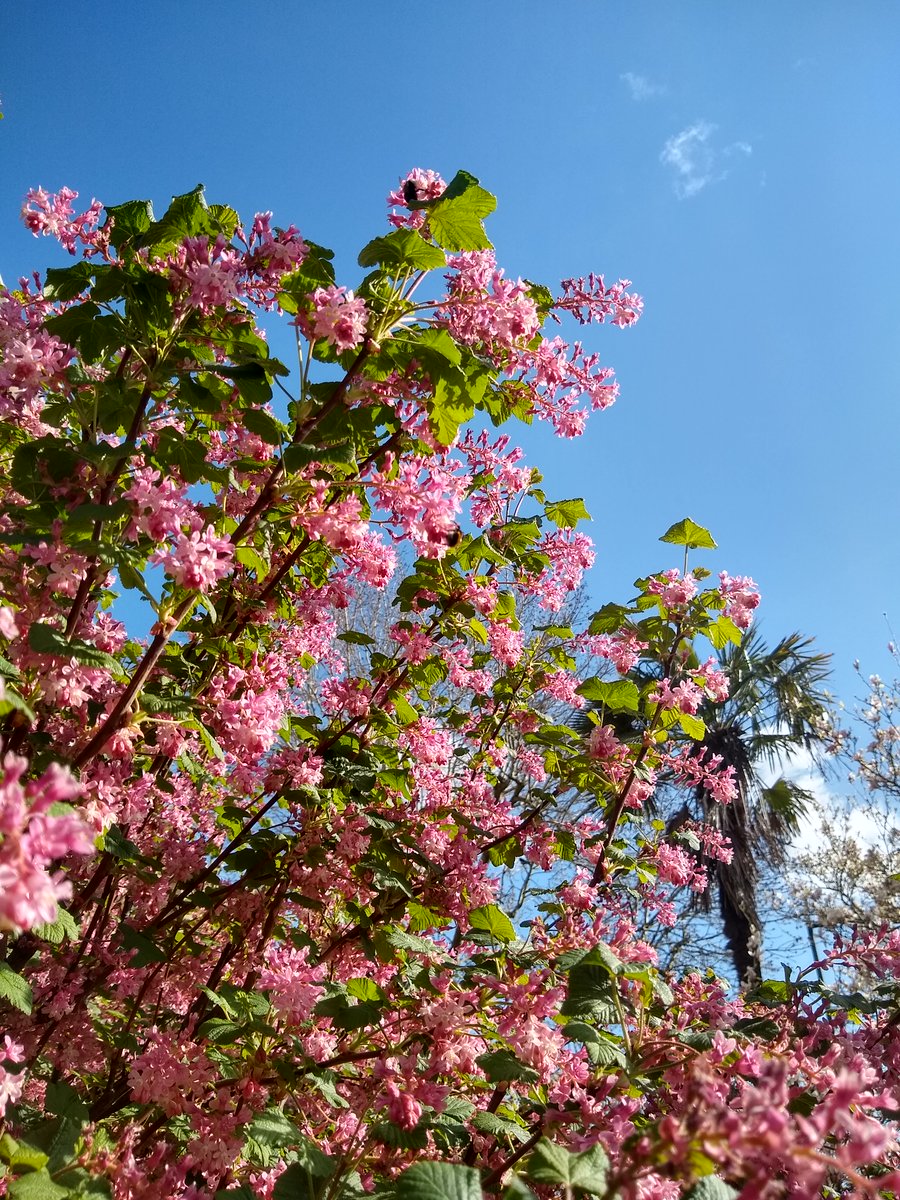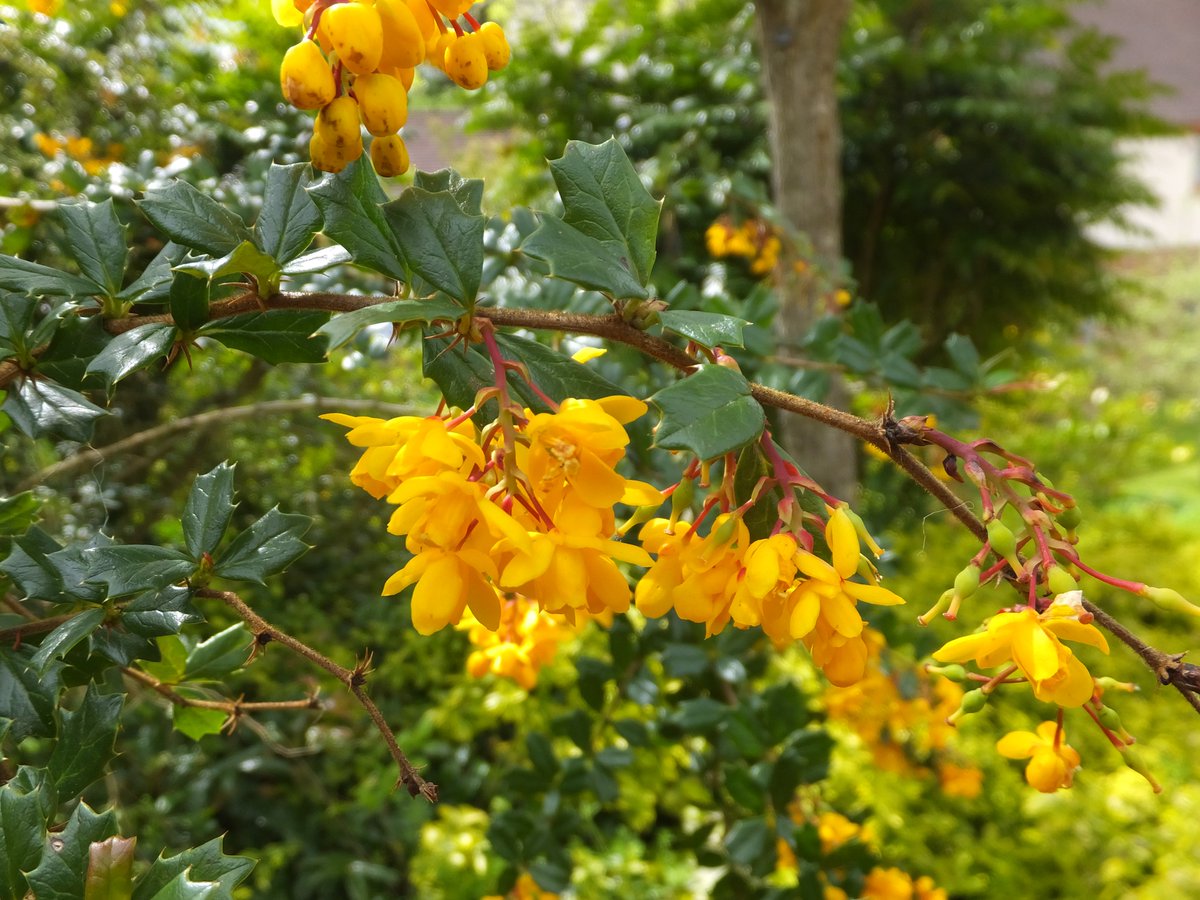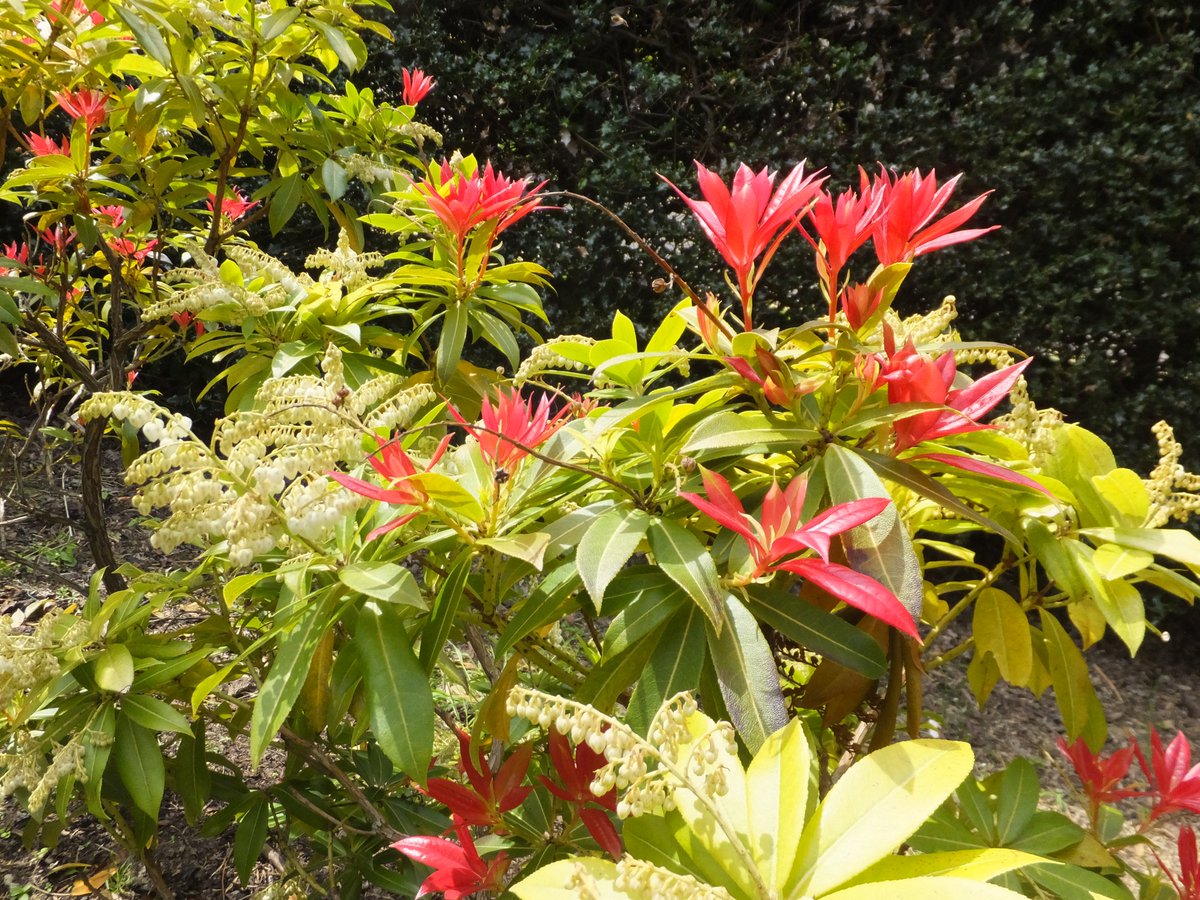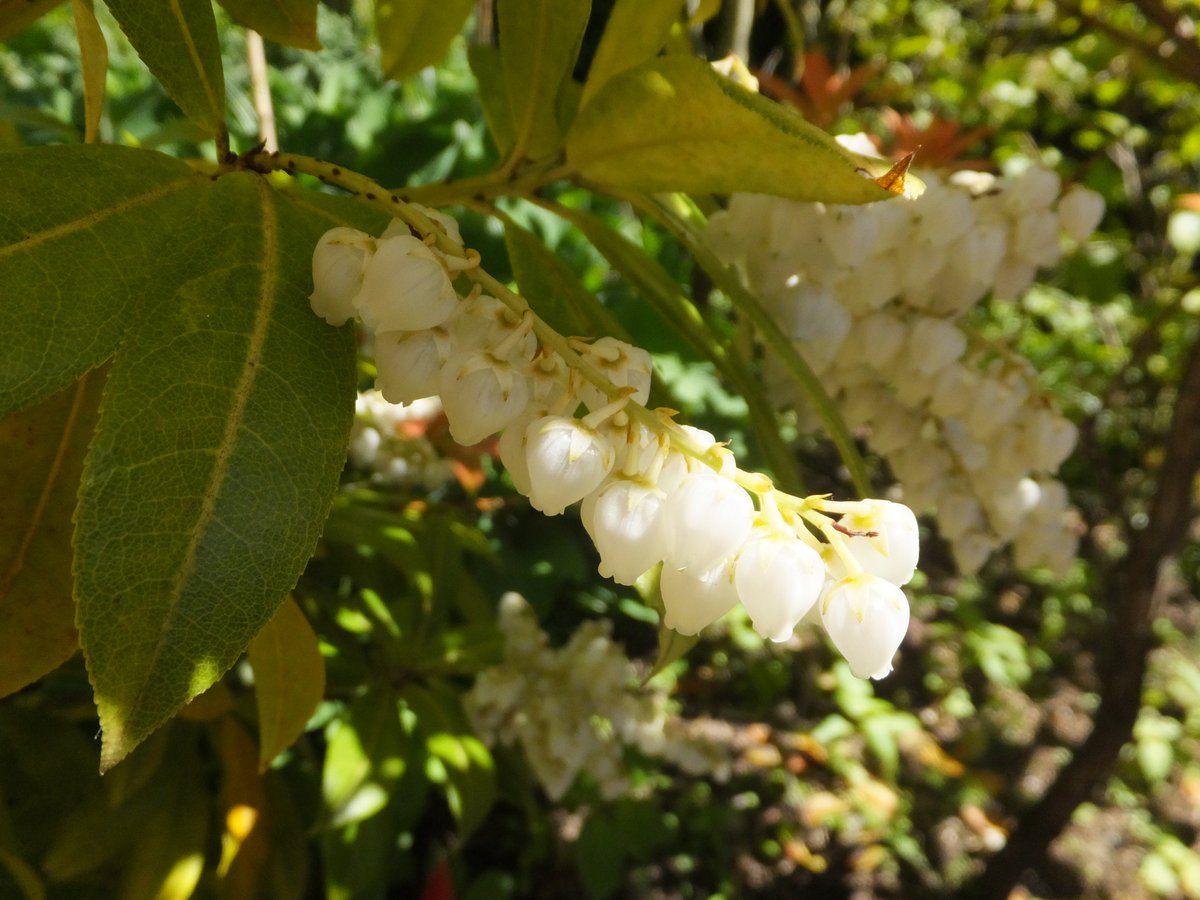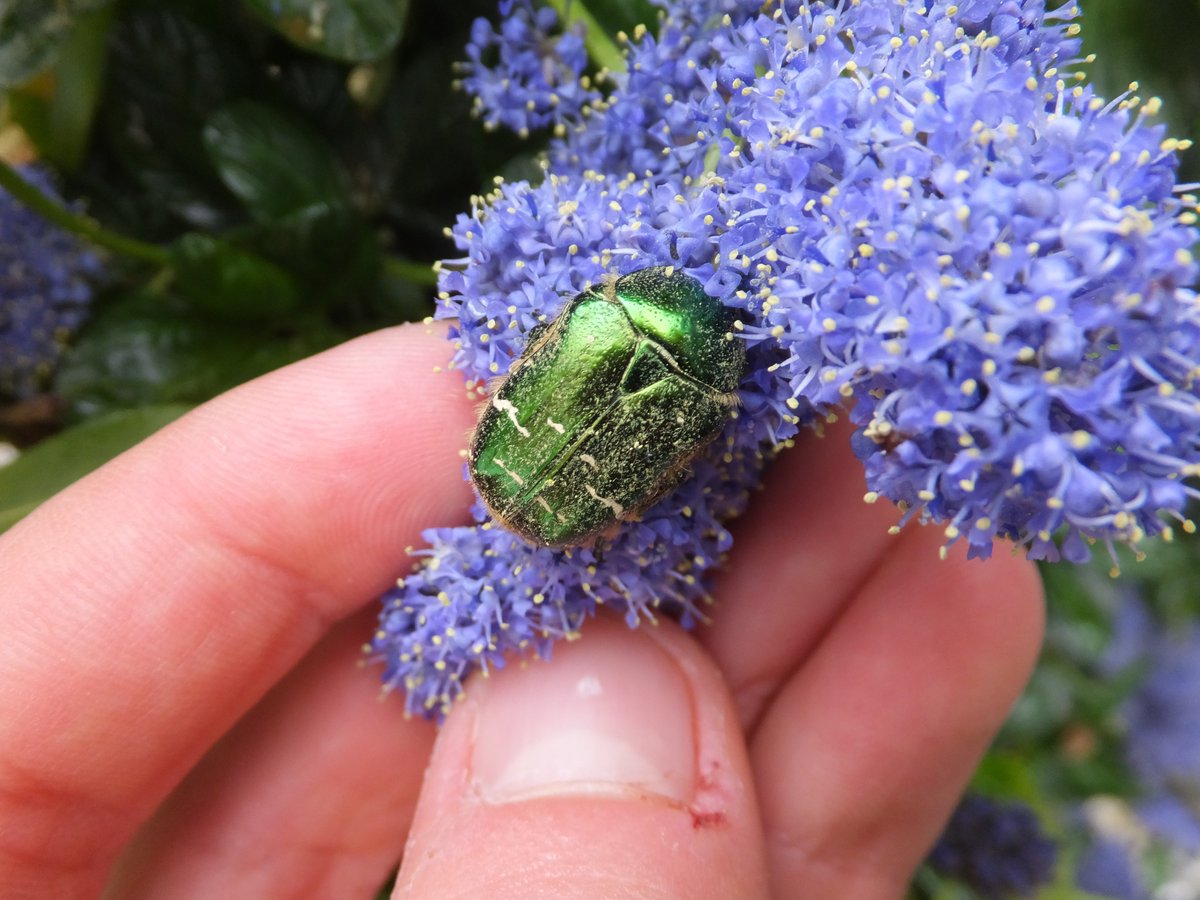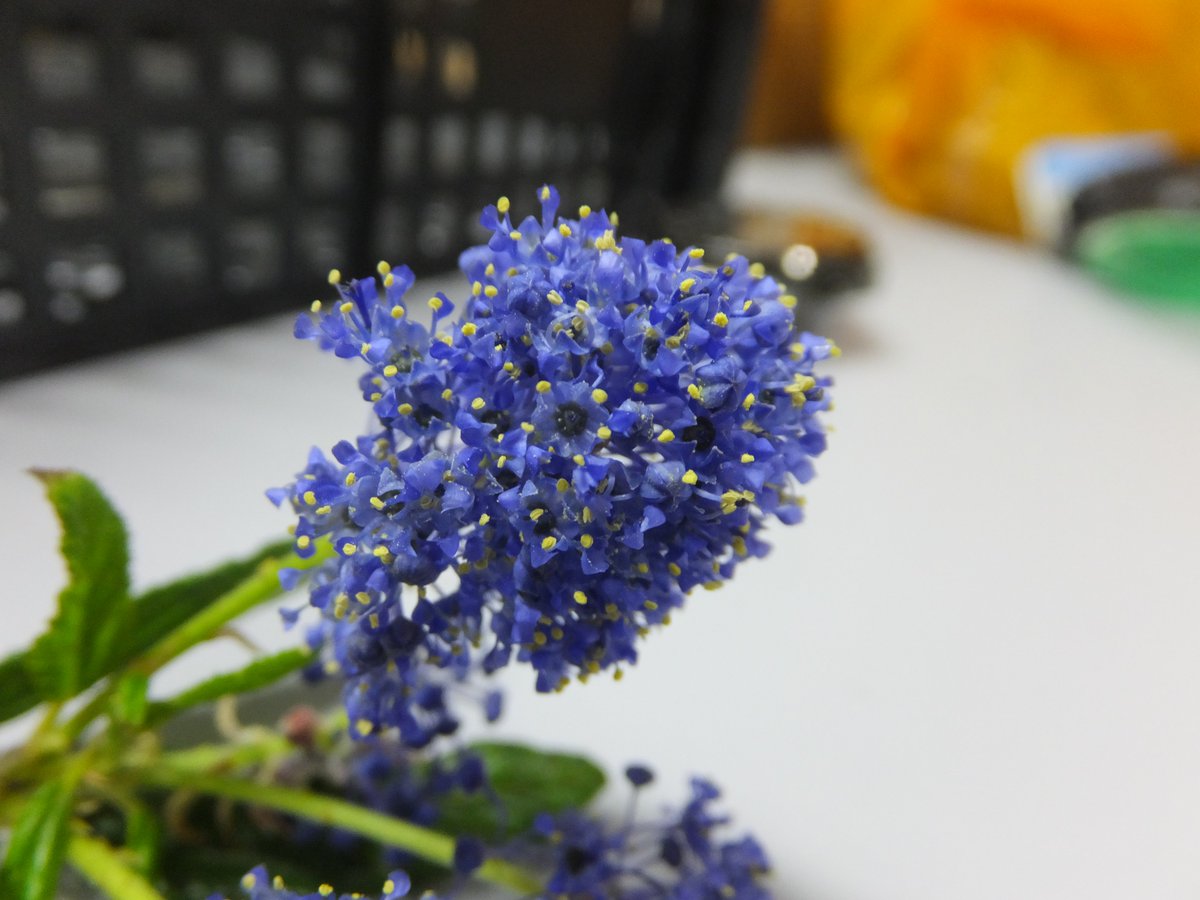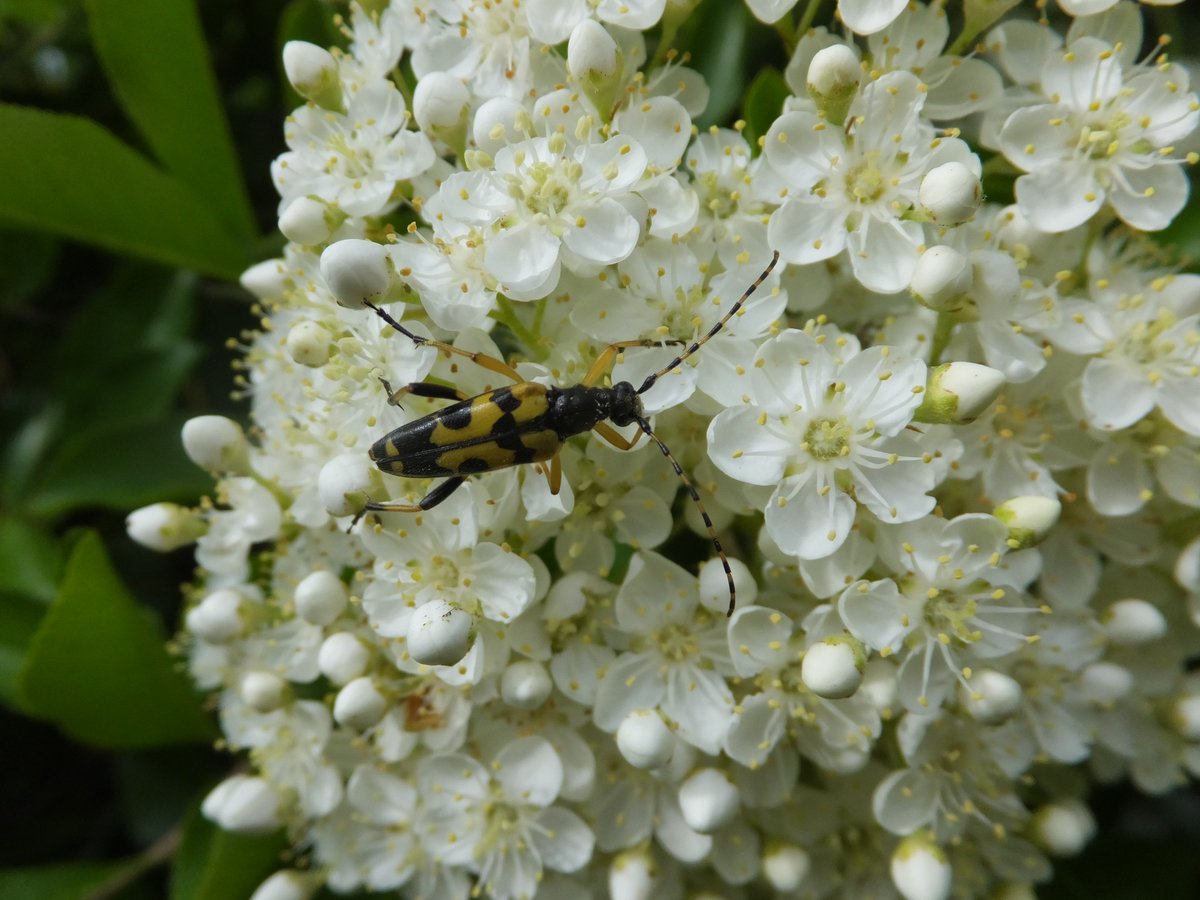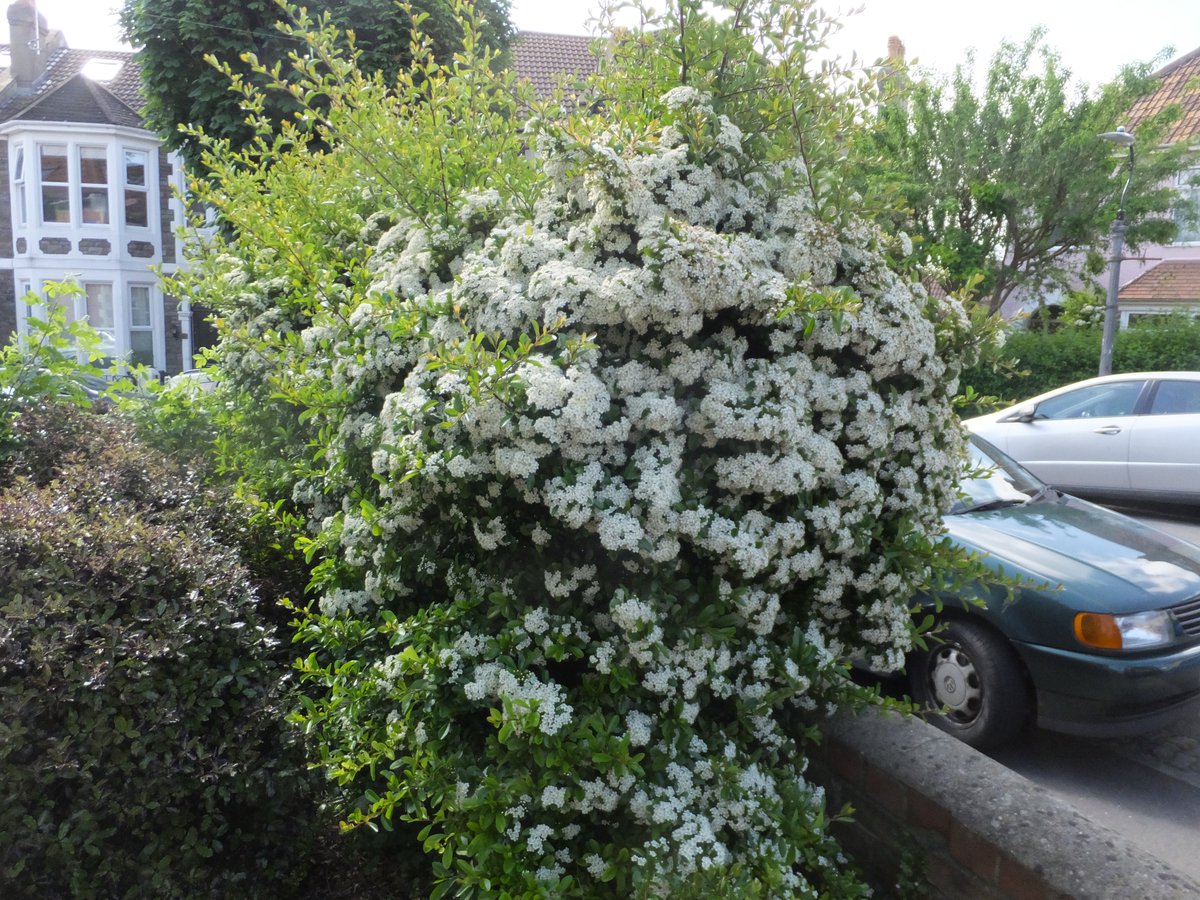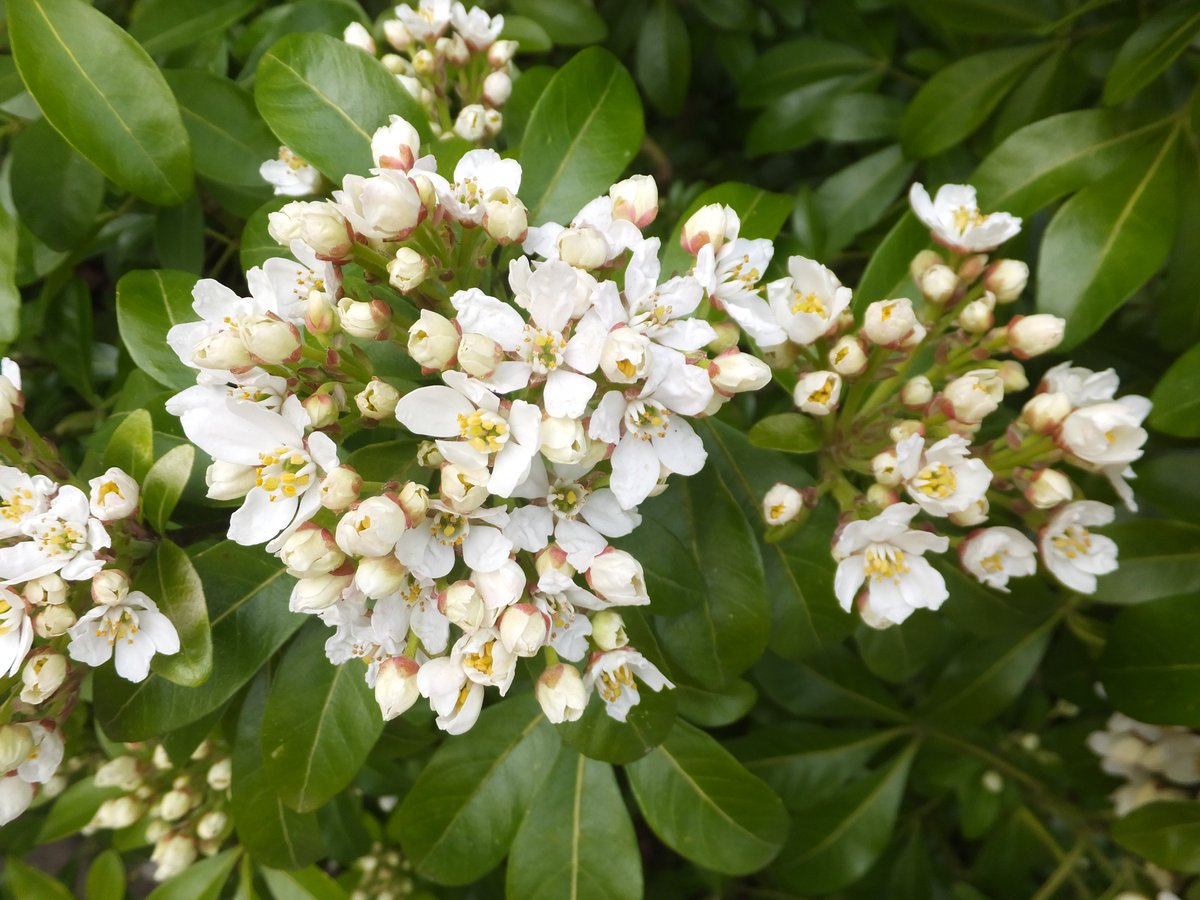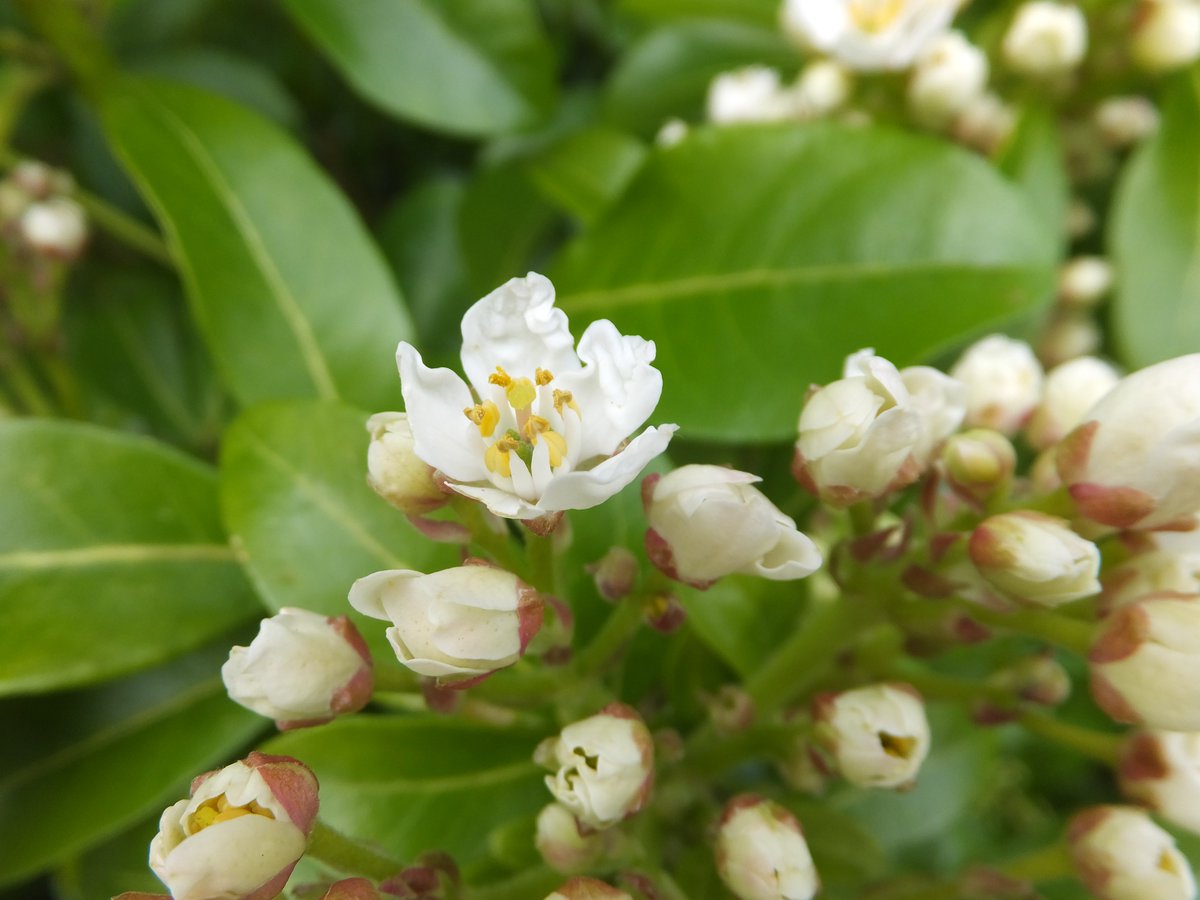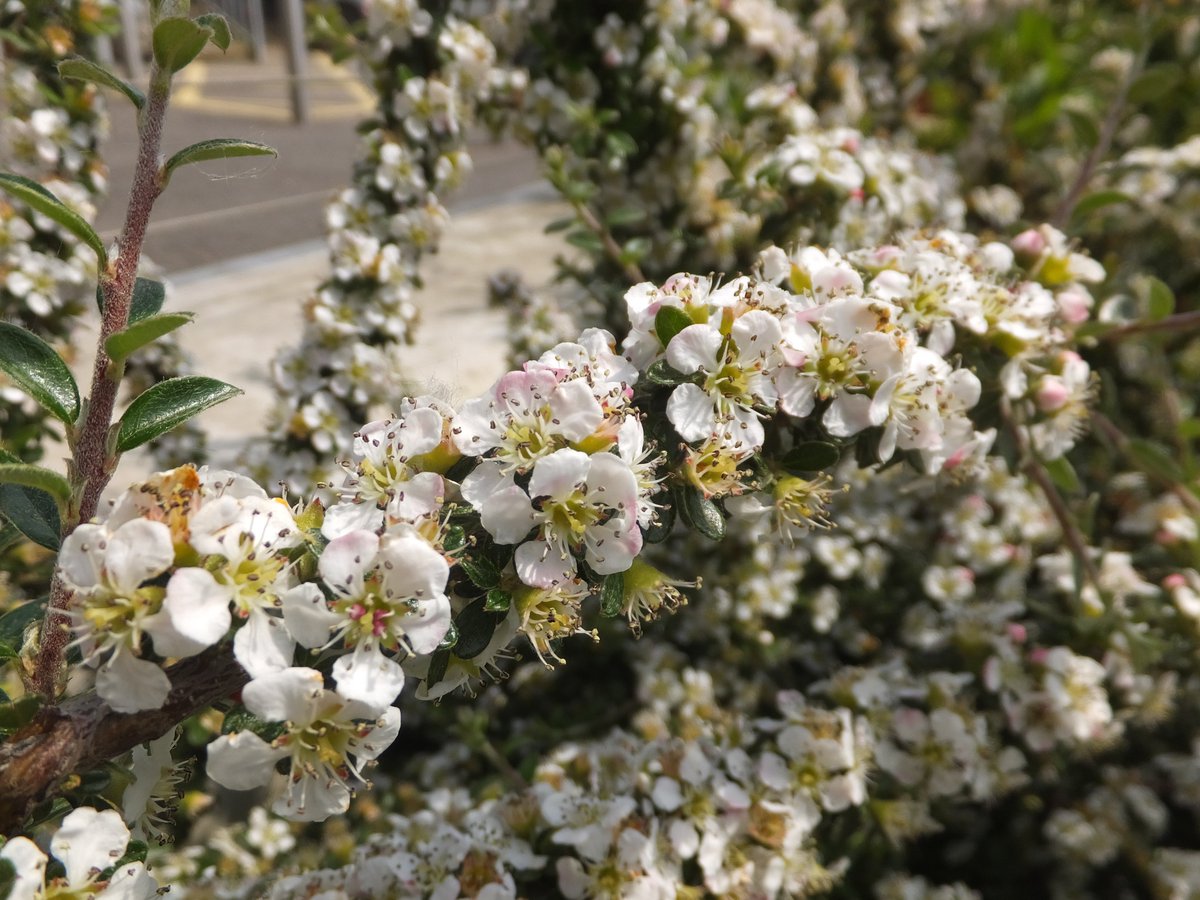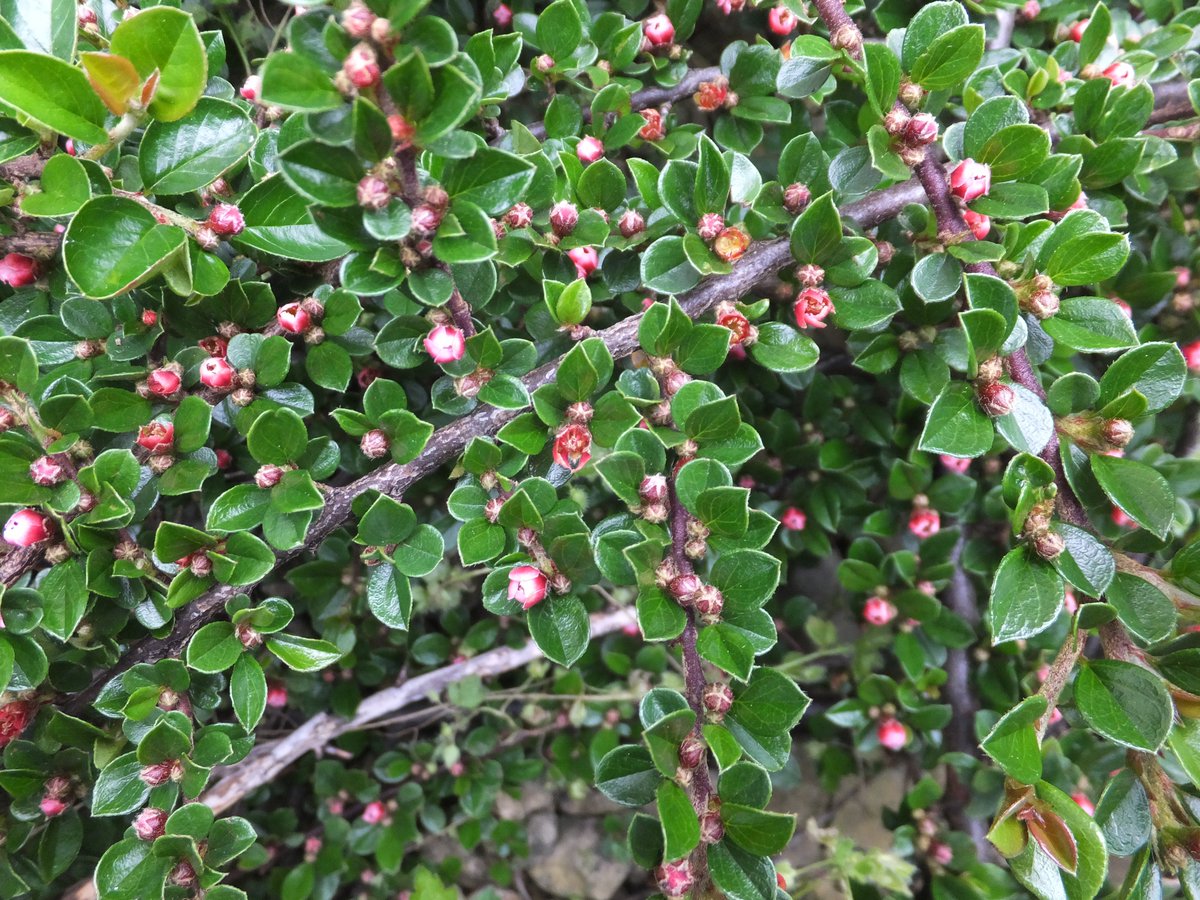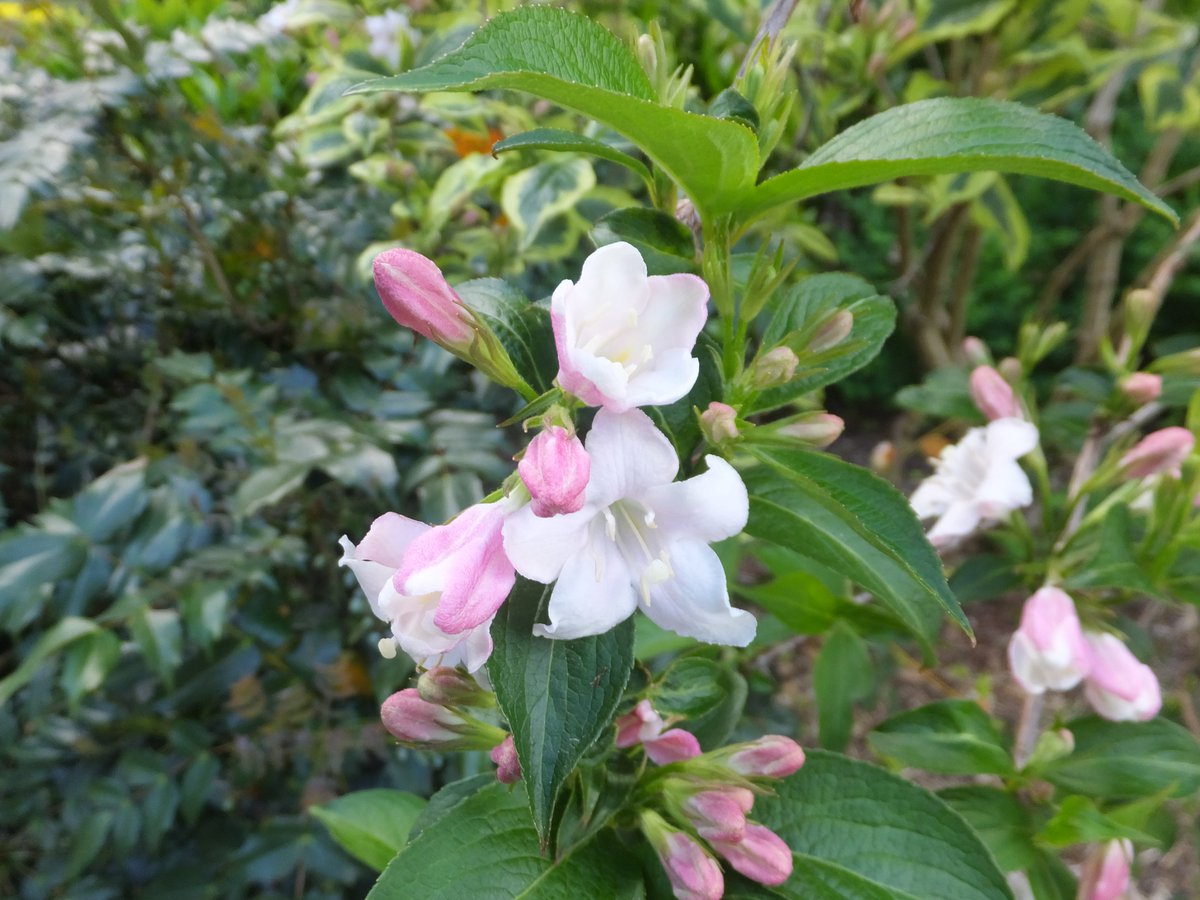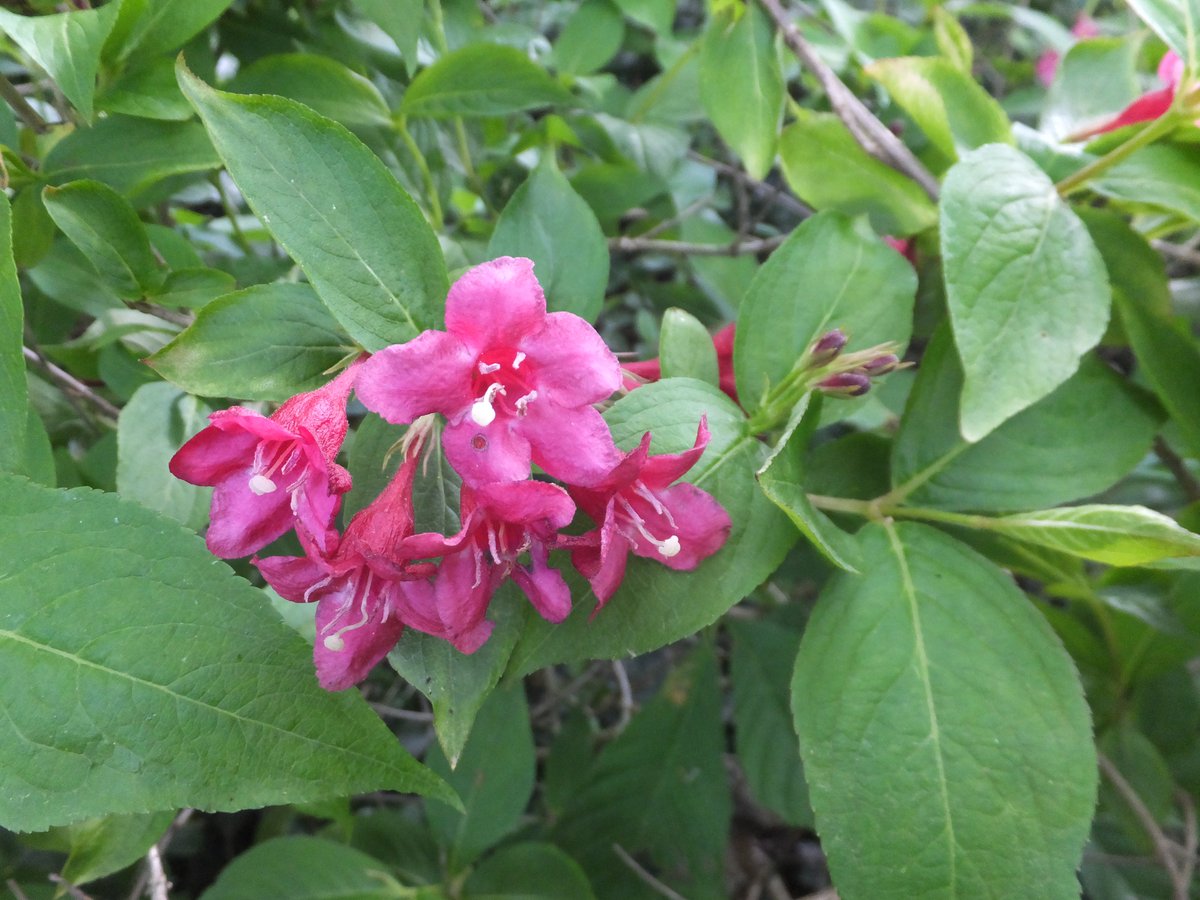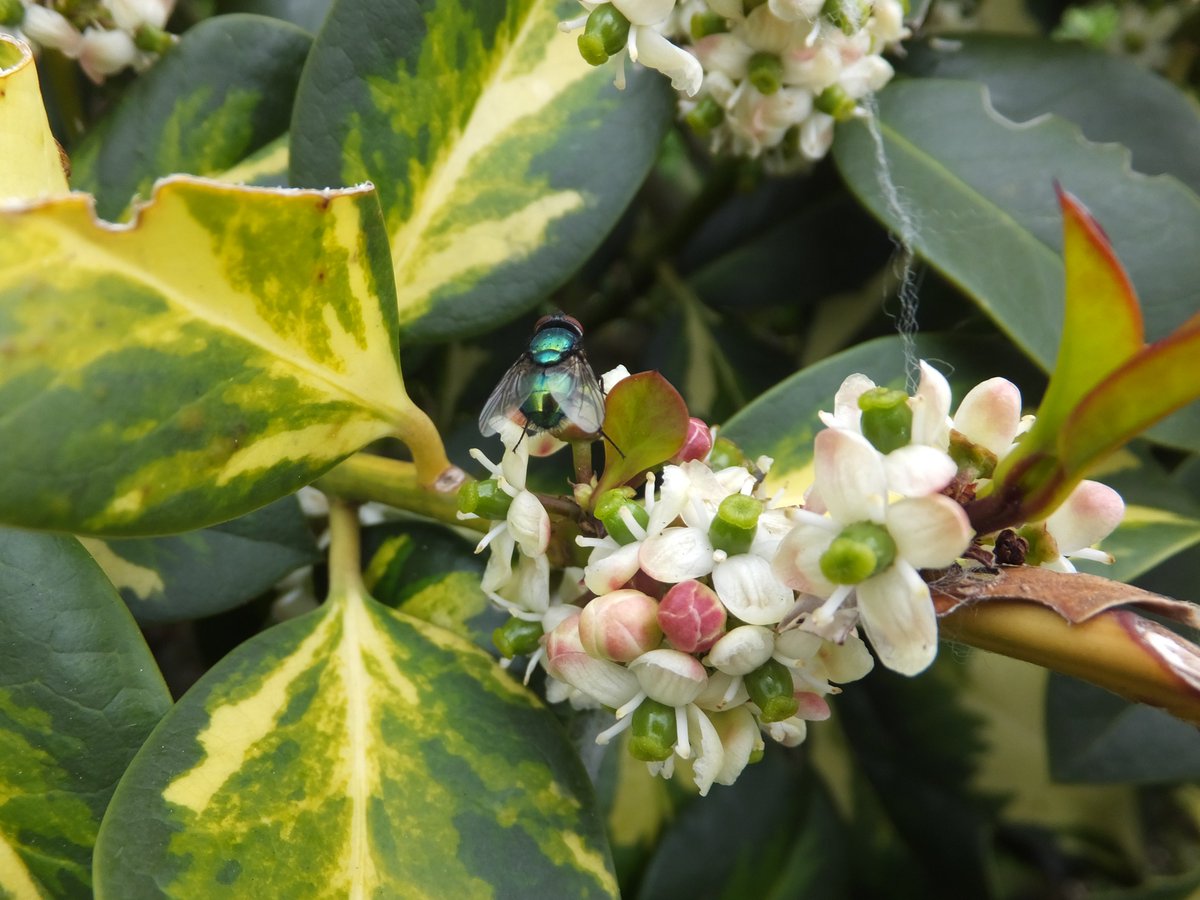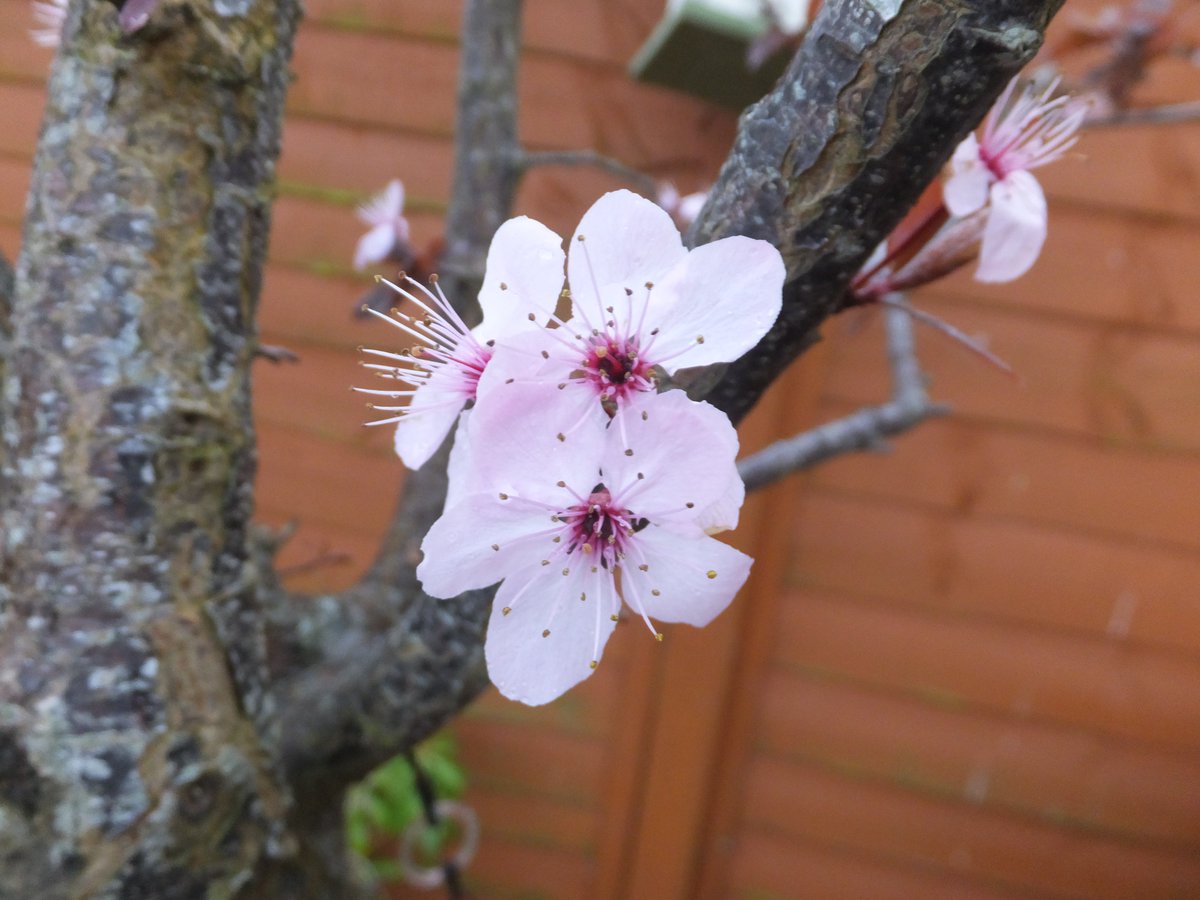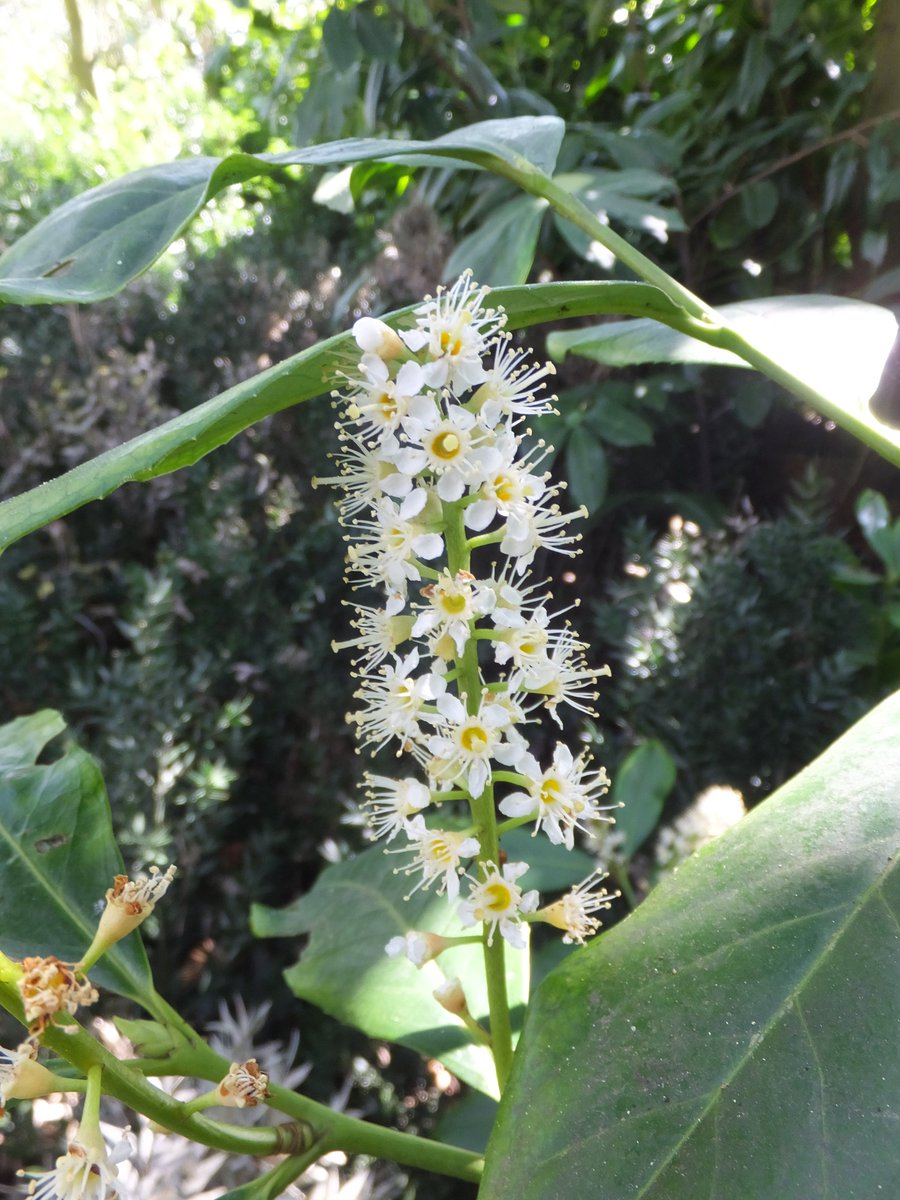Front #gardens are one of the few places many of us can observe nature right now, so I thought I& #39;d share my top 10 spring-flowering shrubs for UK #pollinators. Keep an eye out for these in the sunny weather! @BumblebeeTrust @StevenFalk1 @ReadingUrbPolls @PoMScheme @JeffOllerton
First up, an absolute favourite: flowering currant (Ribes sanguineum). This North American shrub is a close relative of red & black currants, with nectar-rich flowers that bumblebees and solitary bees adore
Barberry (Berberis spp.) is another genus in flower right now. If you look closely you& #39;ll see these yellow-flowered shrubs buzzing with bumblebees and honeybees, but be careful of getting too close as they& #39;re quite prickly! Two of my absolute faves are B. darwinii & B. julianae
Pieris is one of the earliest-flowering shrubs in spring, providing substantial nectar to queen bumblebees who have just emerged from hibernation in March. It is a member of the heather family and has gorgeous foliage.
The inflorescence on a Ceanothus (soap bush) is called a thryse, and is comprised of some 10s to 100s of tiny flowers. Although each small flower provides little nectar and pollen, there can easily be >100k flowers on a large shrub!
Pyracantha flowers in late spring and early summer. This thorny shrub is a member of the rose family, and best known for its red/orange berries which give it the common name & #39;firethorn& #39;.
Mexican orange blossom (Choisya ternata) flowers profusely in April and May, with sweet-smelling blossoms which are open and accessible to a wide range of pollinators, especially flies.
Cotoneaster species have small white or red flowers which always seem to me disproportionately attractive to bumblebees. In May and June you can often hear the buzz coming from these plants before you see them!
Weigela florida is Asian in origin and boasts deep tubular pink or reddish flowers which are very popular with bumblebees. Although it blooms in May, flowering often continues late into the summer.
Holly (Ilex aquifolium) flowers are neither showy nor particularly long-lasting, but when they are out in April/May they prove extremely popular with a wide variety of pollinators, like this calliphorid fly. There are some beautiful variegated varieties too.

 Read on Twitter
Read on Twitter